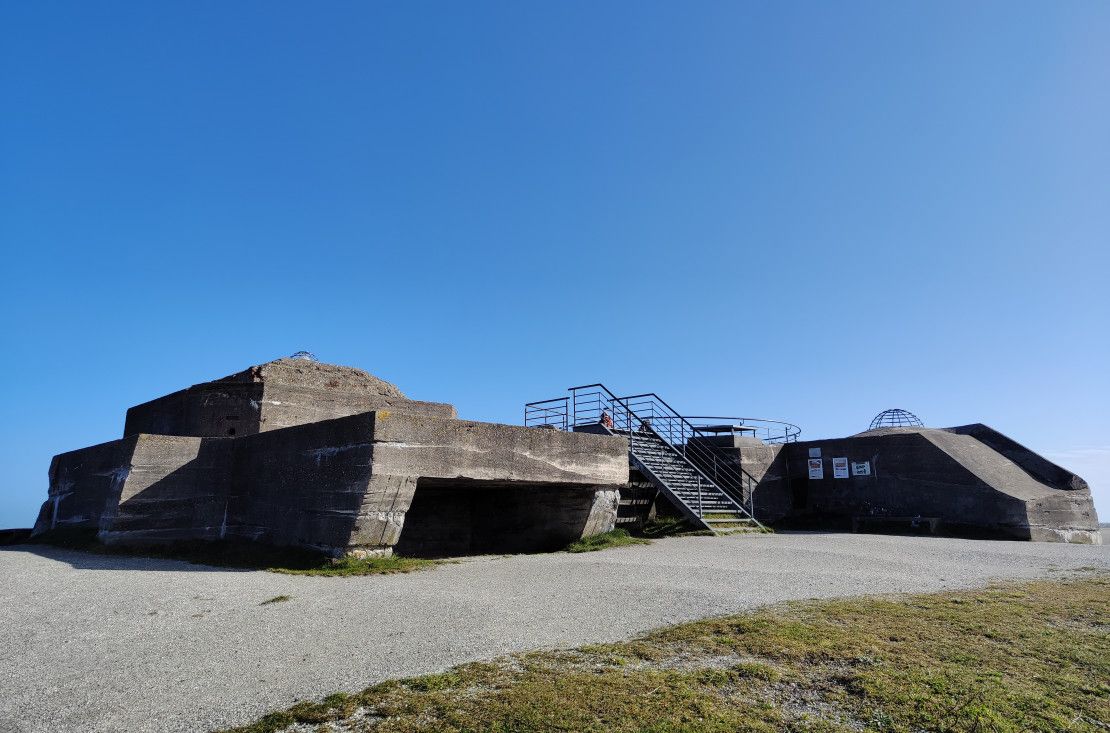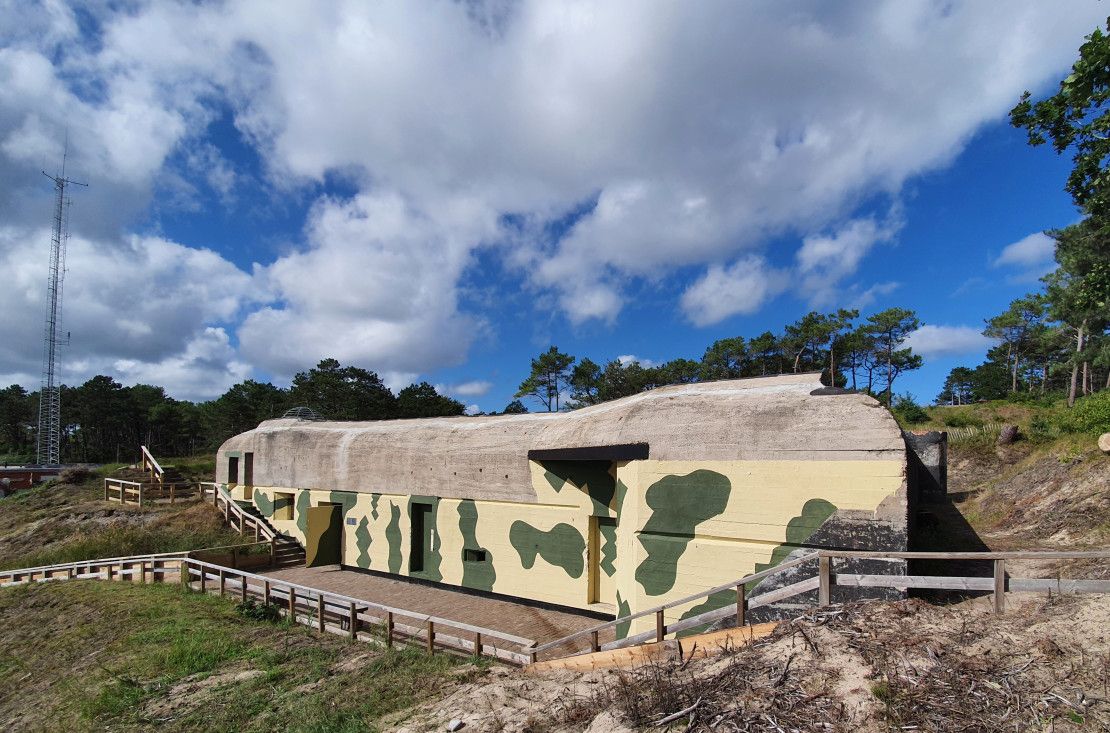
80 years of liberation
World War II in the Netherlands
In 2025, it will be exactly 80 years since the Netherlands was liberated from German occupation. All over the country, this special milestone will be remembered and celebrated. We reflect on the years of oppression, on courage and resistance, and on the freedom that has not been taken for granted since.
Between 1940 and 1945, millions of Dutch people lived in fear, uncertainty and restriction. Homes were ransacked, people went into hiding, resistance groups formed and many lost loved ones. The war left deep traces in the landscape én in society. Liberation, in spring 1945, meant a new beginning – and we cherish that freedom to this day.
War on the Wadden Islands
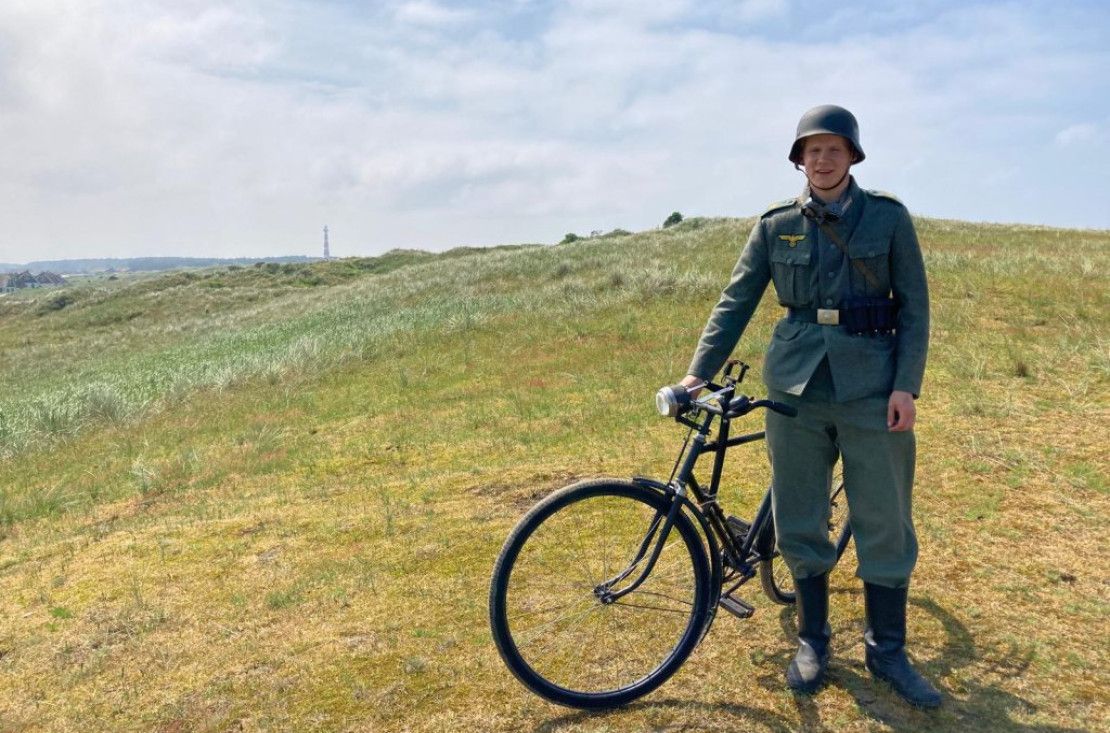
On the Wadden Islands, the war had a special course. Due to their strategic location, the islands were important to the German occupiers. They were heavily guarded, equipped with bunkers and sealed off from the mainland. On Texel, even after the German surrender, fighting took place during the Georgian uprising. Vlieland, Terschelling and Ameland were part of the Atlantic Wall, with numerous bunkers and military posts. Residents lived under strict control, often in isolation and with scarcity. Ameland housed people in hiding, including a Jewish girl. Schiermonnikoog, with over 600 German soldiers in a small community, was only liberated on 11 June 1945, making it the last piece of liberated Netherlands.
Liberation dates by island
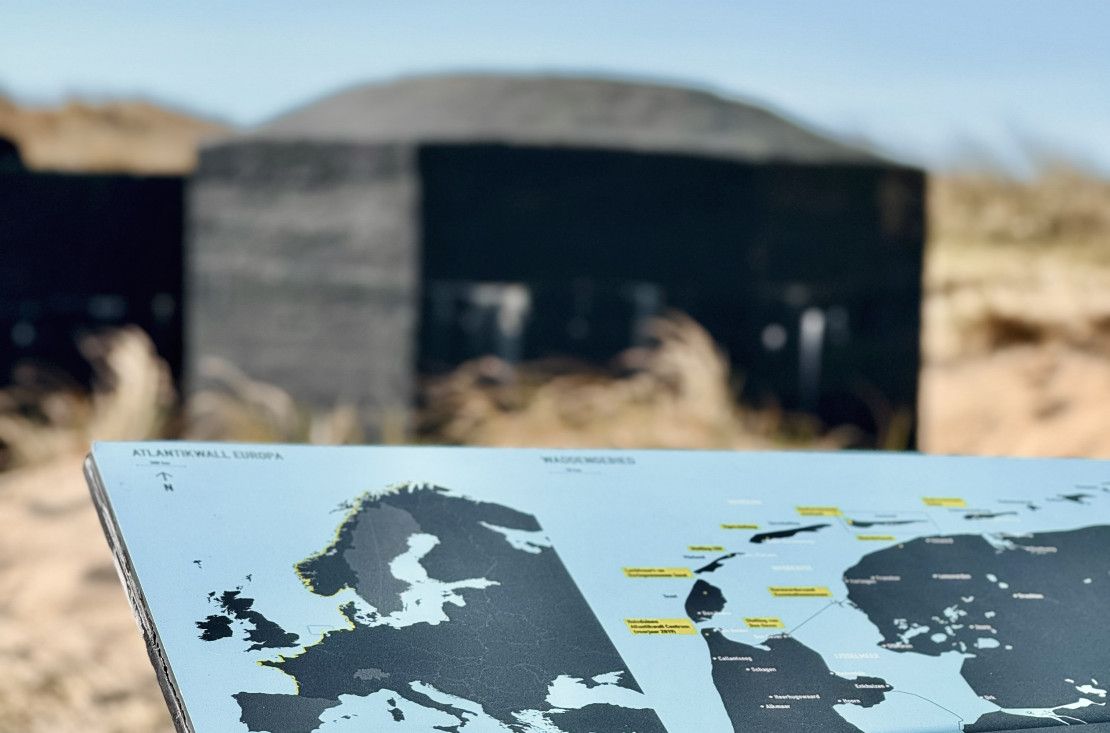
- Texel – 20 May 1945
- Terschelling – 30 May 1945
- Vlieland – 31 May 1945
- Ameland – 3 June 1945
- Schiermonnikoog – 11 June 1945
The Atlantic Wall on the Wadden Sea
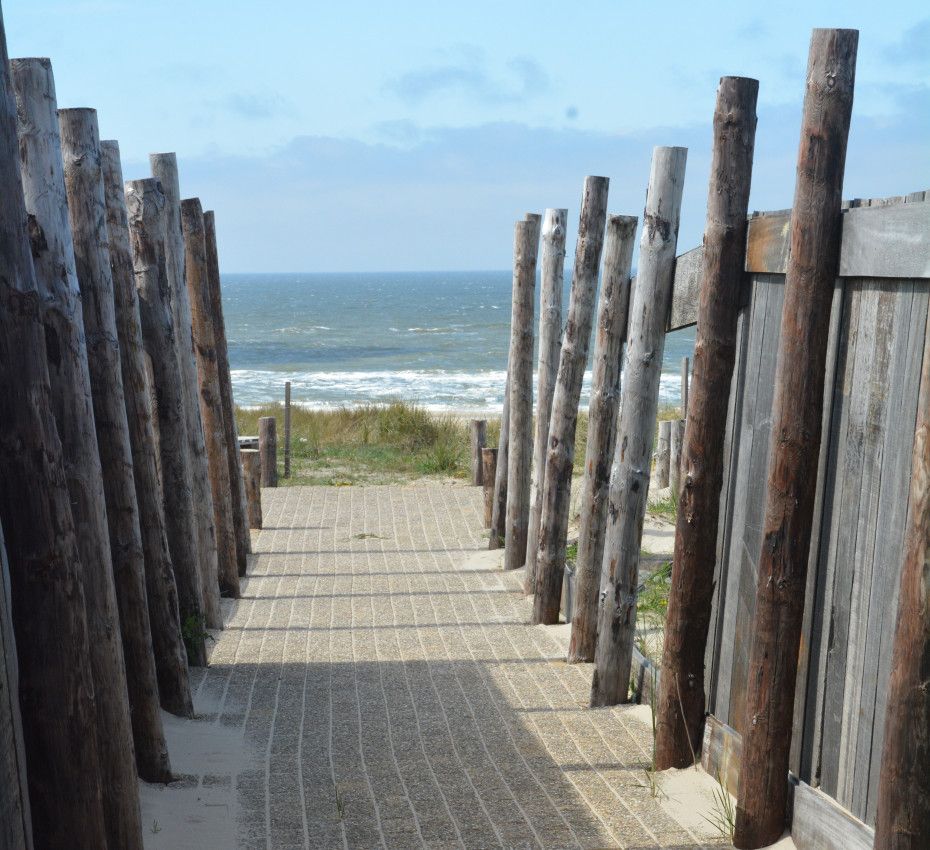
-
Bunkers on the islands
During World War II, the German occupying forces built hundreds of bunkers on the Wadden Islands as part of the Atlantic Wall. Texel had more than 500 bunkers, some of which can still be visited. Vlieland had three large positions, of which Widerstandsnest 12H has been restored and can now be visited as a museum. On Terschelling, bunkers in the dunes, forest and even near accommodations are reminders of its military past, with the Tigerstelling at its centre. Ameland had more than 100 bunkers, especially near Hollum, some of which are included in walking and cycling routes. On Schiermonnikoog, there are still dozens of bunkers hidden in the dune landscape around the bunker village of Schlei, including the imposing Wassermann bunker.
Read more about:
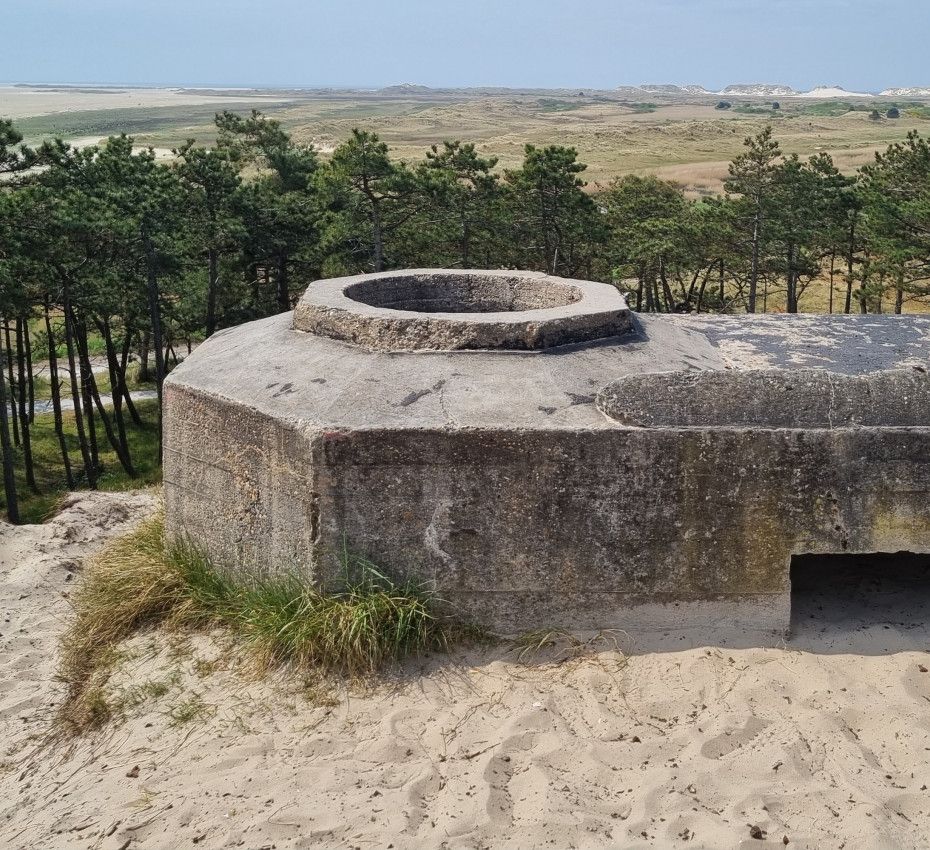
-
War and bunker museums
On every island you can find traces of the war in museums and exhibitions. The Luchtvaart- & Oorlogsmuseum Texel highlights, among other things, the Georgian uprising. On Vlieland, Bunkermuseum Wn 12H gives a tangible picture of military life in the dunes. The Tigerstelling on Terschelling offers insight into the air war over the island with guided tours and treasure hunts. On Ameland, the Bunkermuseum near Hollum is set up in a former kitchen bunker and the Maritime Centre tells stories of residents and liberators. The Schlei Bunkermuseum on Schiermonnikoog shows in an authentic Seeburg bunker how the island functioned as a radar station. The Vredenhof war cemetery on Schiermonnikoog is also an impressive place of remembrance.
Read more about:
80 years of liberation
The traces of war are still visible on the Wadden Islands. But remembering is more than looking at the past – it is also dwelling together on what freedom means today. In 2025, it will be exactly eighty years ago. That is why the islands are organising a series of special activities, commemorations and cultural programmes’s. From theatre and music to excursions and exhibitions, each island will bring its own story to life.
Ameland
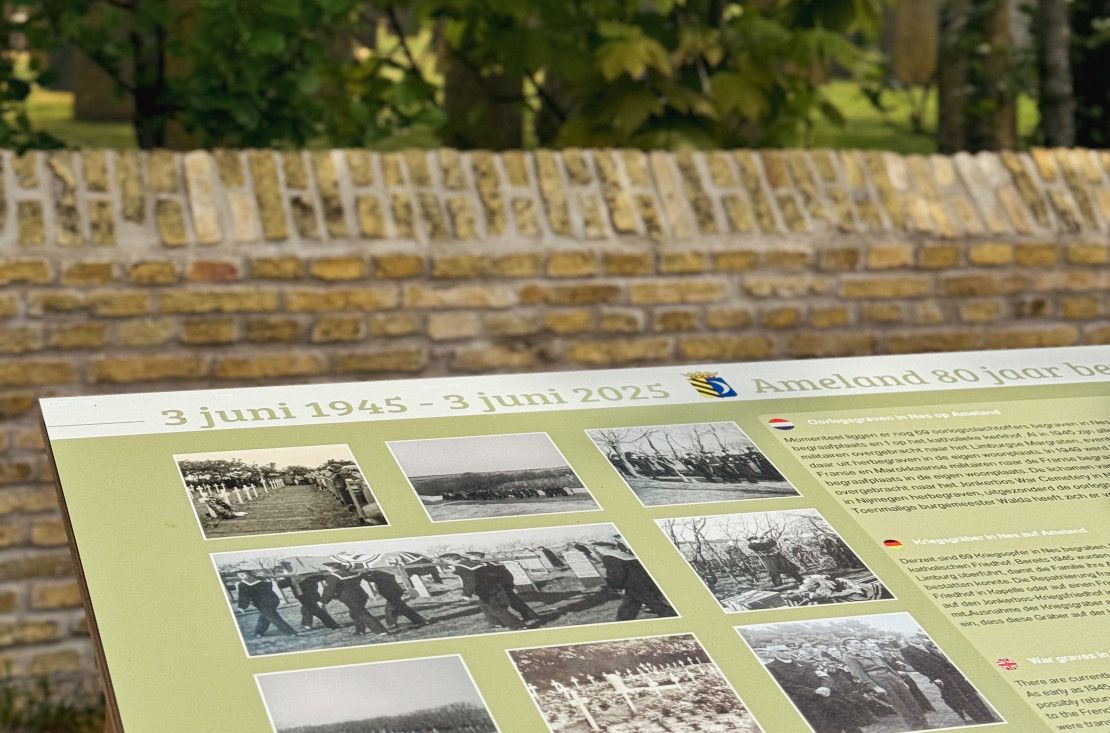
- Liberation photos on panels
- Educational exhibition along bunker route
- Liberation exhibition and painted helmets
- Bicycle tour of World War II memories
- Bike excursion hidden bunkers
- Ameland Tells! – War Stories
- Location theatre War Tears on Ameland
- Liberation parade & party
- Bunkerday Ameland (tours, storytelling, re-enactment)
- Bevrijdingsvuurestafette

